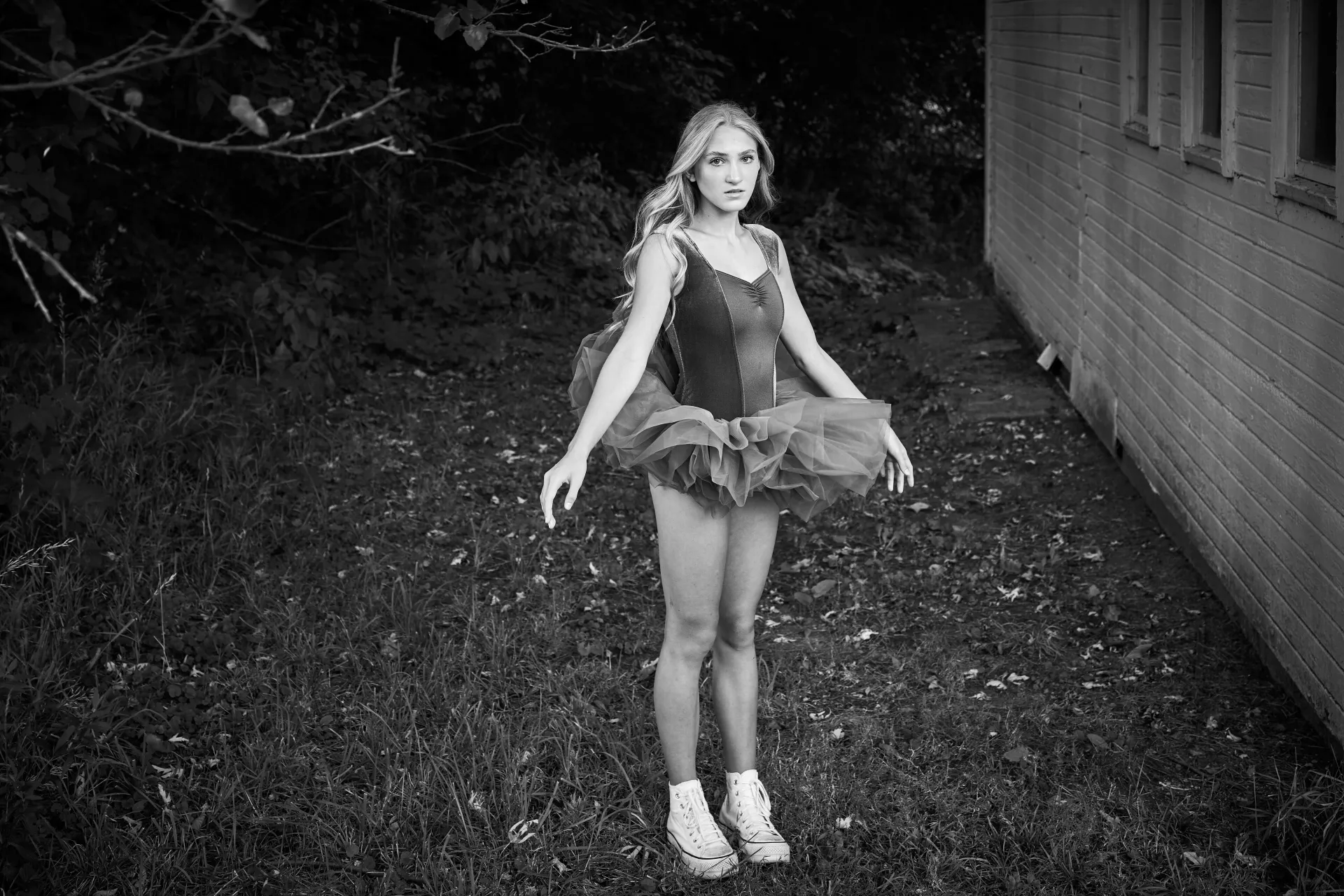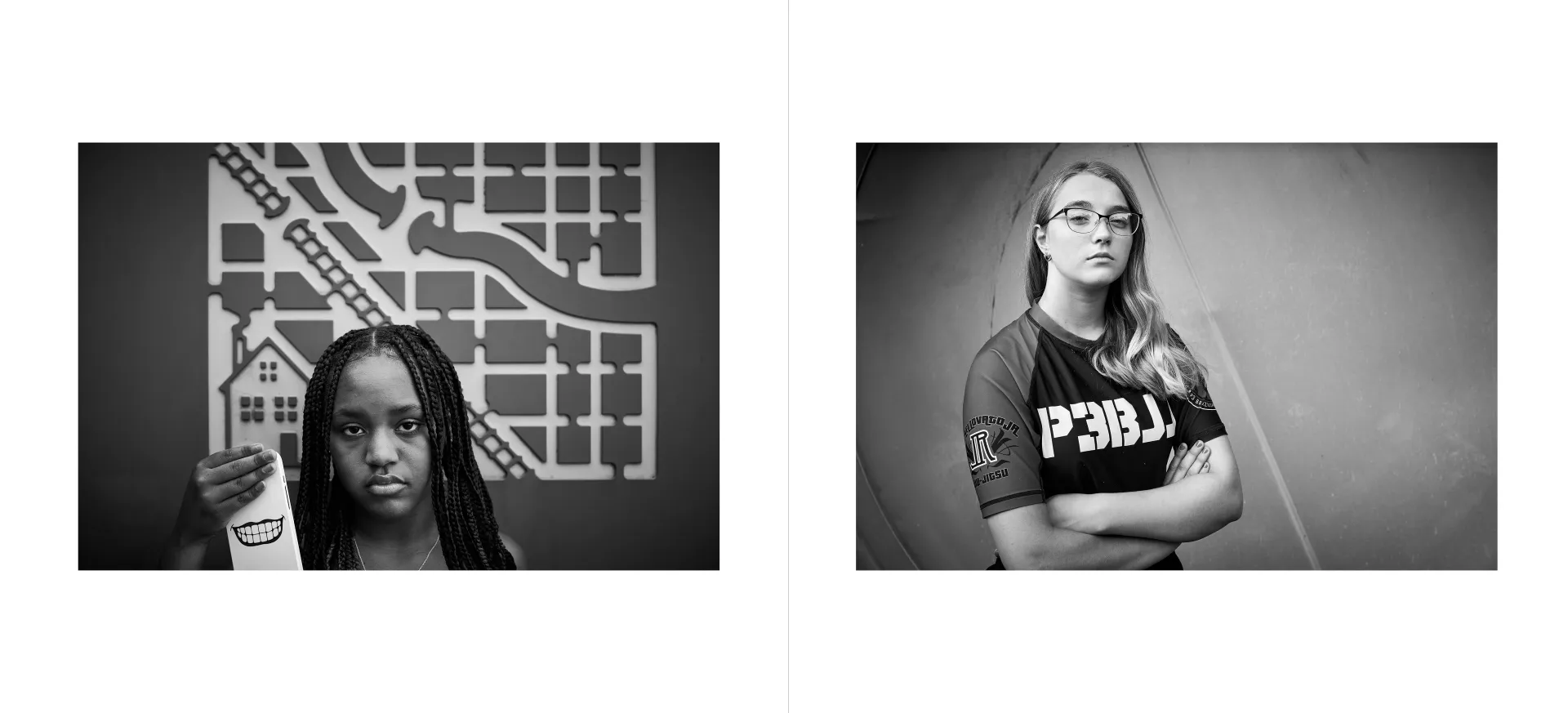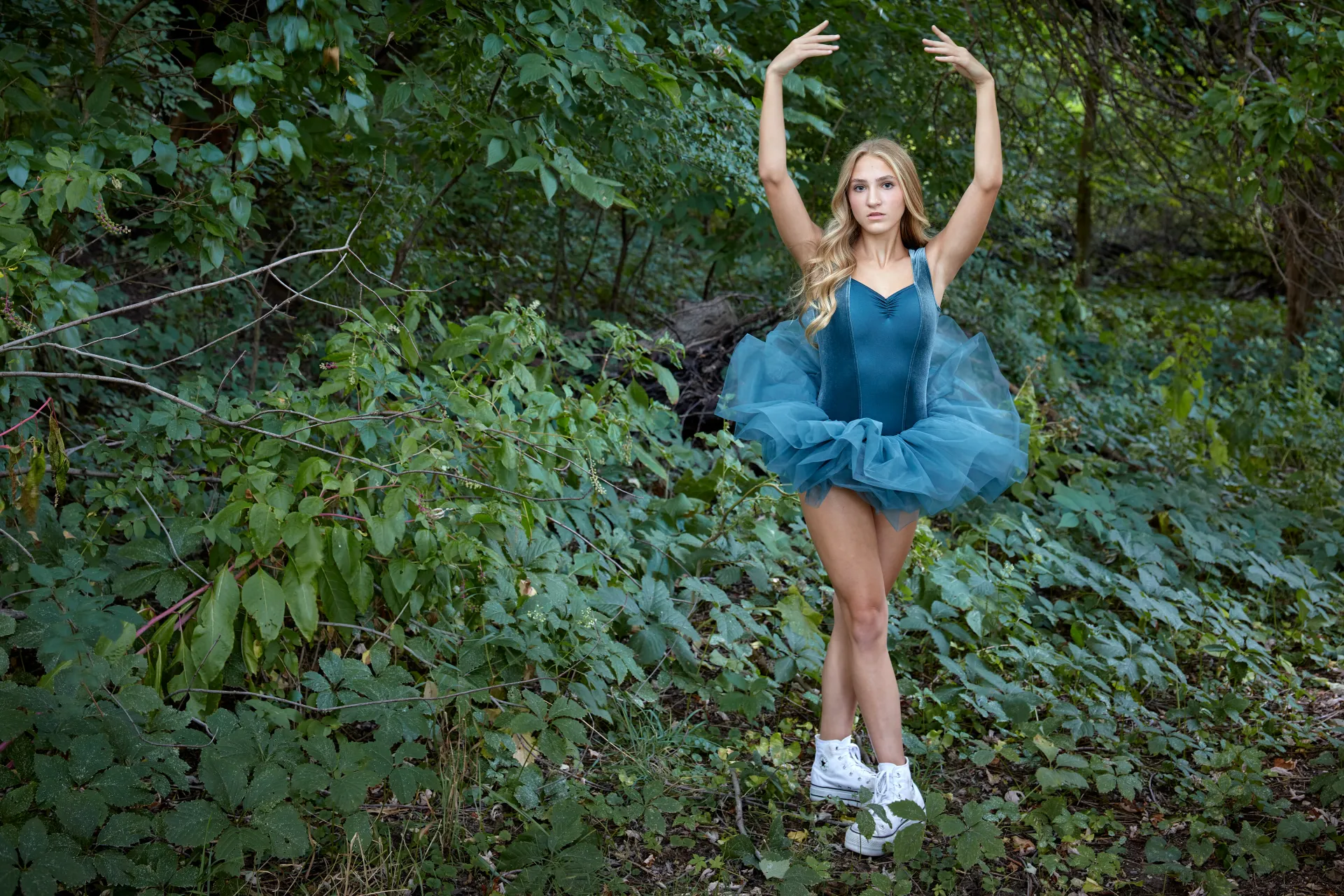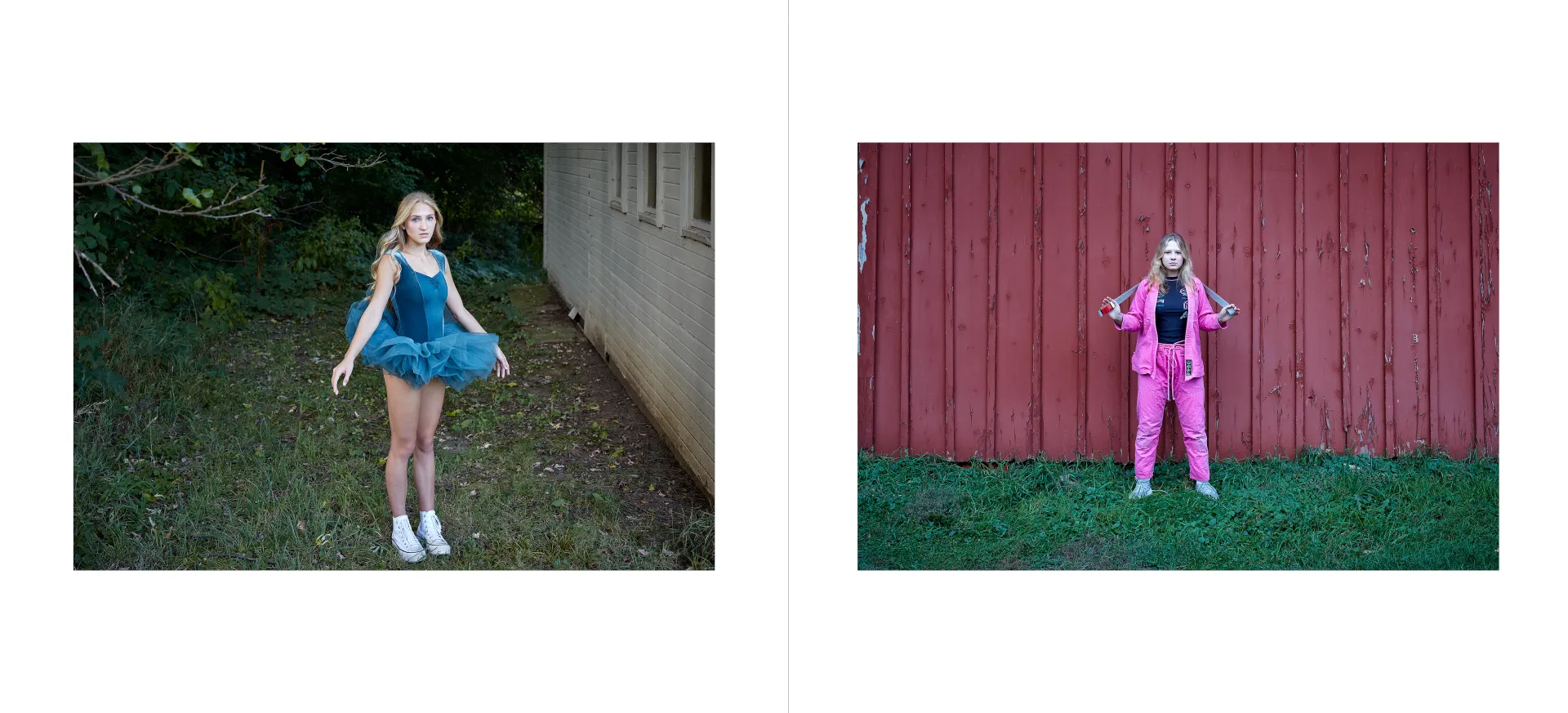About the Liminal Encounters Project
USA 2023
I initially decided to delve into the phenomenon of liminal space, albeit without a yet clearly defined direction, when I witnessed an interaction between an old friend of mine and his son.
“Did you say ‘hello’ to the guests?”
I have known my friend’s son since he was born. Throughout the years, this sort of comment a parent makes to a child during the formative years, when navigating a sometimes socially challenging situation, never occurred to me as odd; until the realization that he is actually a 22 year old college graduate who just landed his first corporate job, crept up unexpectedly into my mind. It further occurred to me that he, a grown man, biologically, was actually inhibiting a social space of an early teen.
The liminal space, the lengthy time period during which a person goes through the transformation from being a child to being an adult, is a fairly new invention. Historically, it used to be an almost instant moment in life, often defined by a rite-of-passage event lasting a few weeks, even days. Today, it’s an event that can last a decade or longer. Within this transformational event, humans, often fallen victim to the confining framework of modern society, seem to wander in an aimless state of being, searching for direction, fighting off confusion brought on by the ever-changing rules of what it means to be an adult, stretching the limits of liminal space into perpetuity.
At this point, I realized this is something I wanted to explore deeper. But in the seemingly endless landscape of teenagers out there, who do I photograph?
Age was one of the few criteria. The liminal inhabitants are defined as 12-26 years old, no longer children, but not yet functioning adults.
I further narrowed my scope by deciding to work only within a circle of people I know - to work with this given, random sample of the liminal group. I felt it provides statistical objectivity that can’t be achieved with strangers because it automatically eliminated my potential bias to find people I thought of as interesting for the camera. Now, my study group was predetermined.
The third and final of the project’s limitations was to focus on girls. Perhaps, because the outward expression of liminal space was more pronounced in the girls I observed; or because the first person I thought of documenting was the teenage daughter of the Ukrainian refugees sponsored by and living with my neighbors. Not only was she simply there, but over a period of a few months, it was clear how she has been continually evolving within the liminal space.
After I completed a few sessions and began the process of trying to understand the initial results, I naturally gravitated towards some sort of editing and sequencing to get a better sense of direction forward. As I started seeing the girls side by side, one after another, I couldn’t help but start comparing, almost unwillingly, subconsciously, with a level of guilt - because to register age, race, looks, achievements, backgrounds and as of recent, gender, goes strongly against the modern social paradigm of acceptance. Instead of embracing individuality for the advancement of society, we tend to neuter it to create a homogenized outcome of an agenda. Never the less, the act of placing the liminal inhabitants opposite of each other led me to wonder about relationships.
Can functional relationships be formed in this liminal period? Often, no, in my opinion. Encounters between people are increasingly random and geography independent. Social media can enhance social inequity and amplify peer pressure that can lead to dysfunctional behaviors in real world interactions. Relationships and encounters can become progressively random. They often take place outside of the confines of our own geographical, socio-economic and cultural boundaries which historically predetermined with whom we interacted.
Orchestrating relationships between my subjects was the next logical step - I called them liminal encounters. Placing the young women opposite of each other; presenting them to the viewer as a unified entity, chosen at random, purely based on the tension they both create with one-another, in an illusionary encounter based in reality only by virtue of both girls existing in real life, living in parallel to one another but never having crossed paths; except on the opposite pages of a book.
Liminal space can be relating to time; chronology - or it may be related to the physical space we occupy. If we dare to let go our preconceived notions of what reality actually means, it can relate to the tension that exists between two human beings, without them ever knowing each other. Whether they live minutes or continents apart, the compounded effect of existence within a liminal space is combination of chronology, geography and subconscious.
Subsequently, does the tension in these liminal encounters actually exist, or is it a variable interjected by the observer, as comparisons and judgments are inevitably being formed? Is the viewer’s natural, human desire to judge and compartmentalize actually the force that makes each encounter unique for each unique observer?
About the Liminal Inhabitants
Anastasia, age 12
My first impression of Anastasia, the teenage daughter of the Ukrainian refugees sponsored by and living with my neighbors, was of a quiet, beautiful girl-child with long blond hair reaching to her waist. She was hiding shyly behind her godmother when I attempted to speak to her. Her English non existent, she responded in broken Polish she picked up during her two month solo stay in Poland on her transit to the United States.
Over a period of a few months, Anastasia appeared lost. Alone, she spent a lot of time walking in the woods behind her temporary home, in what looked like a search of herself in her much changed circumstances.
Then she started school. On the first day, she brought home a boyfriend. Her long blond hair was cut stylishly. She picked up a few English words and got a cell phone. Finally, she announced she would never consider going back to Ukraine.
Veronika, age 20
Savannah, age 13
Khaliyah, age 12
Ewa, age 15
Kaitlyn, age 15





